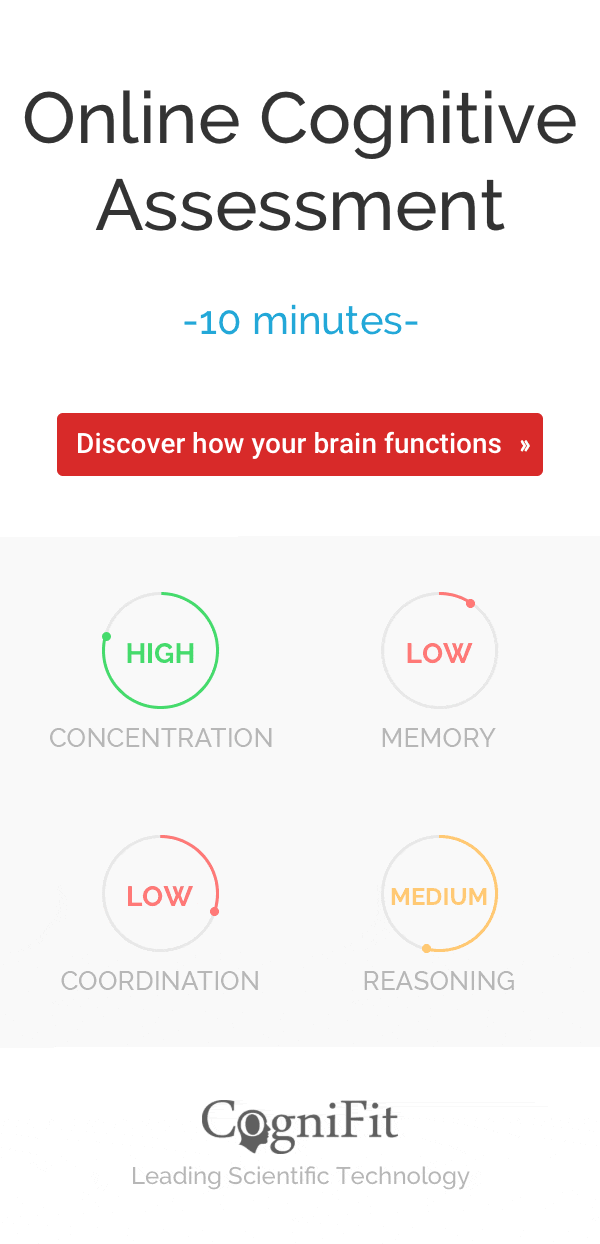
What Is Mindfulness? There’s More Than One Method
You might have heard the term “mindfulness” thrown in the last few years. And with its origins resting deep within the roots of Buddhism, it can seem like an impossible thing for a normal person to practice – like something that only old men with long beards and third-eye connections can do. But that’s just not true.
The concept is rather simple and doesn’t have to be done on a yoga mat. Let’s look at what it is, at its core, really is as well as different ways people can try to integrate it into their lives.
REASONS IT CAN BE INTIMIDATING
Mindfulness is tied to Zen, Vipaśyanā (from Sanskrit), and Tibetan ways of meditation.
If we lift an exact phrase from Wikipedia, it’s “how past, present and future moments arise and cease as momentary sense impressions and mental phenomena.” This awareness of the present is considered the first step in the journey towards enlightenment.
It was a 2500-year-old tradition that felt like standing at the bottom of a huge mountain. So, when the idea came over to the West, it seemed like an exotic and nearly impossible thing to get into – especially with the mile-a-minute lifestyle people now have.
Most people spend their lives on a sort of autopilot. We shut out what’s around us (sometimes from stress or just an overwhelming bombardment on the senses (think how many advertisements alone we see per day). Life can get hard, and repetition can become a familiar safety net. However, that repetition and internal telescope can also bring lots of negatives.
According to the American Psychological Association (APA.org, 2012), mindfulness is:
“…a moment-to-moment awareness of one’s experience without judgment. In this sense, mindfulness is a state and not a trait. While it might be promoted by certain practices or activities, such as meditation, it is not equivalent to or synonymous with them.”
American Psychological Association
We miss things, ruminate on bad moments, and cut ourselves off from growth.
Finally, when there comes a chance to make big changes, most people shy away from the chance (for many different reasons, which we won’t get into here). But the point is, when the mindful movement emerged, many people thought it was an impossible thing to do.

MINDFULNESS IN A NUTSHELL
All someone has to do is to be fully present in the moment.
We are aware of our surroundings, but we don’t react to them. For example, the air conditioner is running in the next room, but we aren’t focusing on how much the electricity bill is going to be next month. We feel our bodies but don’t let our brains connect to insecurities (and forgive ourselves if it does).
All humans are already able to do this. Some just might be better than others or have found an avenue that works best for them.
FUN FACT – to do this, you don’t need to change at all. There’s no right or wrong way.
THE KINDS OF MINDFULNESS
BREATHING
The person focuses attention on each breath in and out as well as the sensations that come with it. This way isn’t necessarily the easiest for beginners, those with high anxiety, or anyone who is easily distracted. But that’s not to say that beginners shouldn’t give it a try.
BODY SCAN
The attention is on each part of the body, from head to toe. If you’ve ever tried a meditation app or similar YouTube video, chances are you’ve tried this. It often comes with trying to relax each part of the body you focus on – which does wonders because we often are clenching muscles we don’t even realize.
SELF LOVE
It sounds wonderful, but anyone who has significant insecurities might find it hard to cast love towards themselves. That’s why this kind of mindfulness often starts with “sending” love to someone else that you care for, maybe even the world itself. You eventually learn to turn this inwards.
OBSERVATION
You are allowed to notice any thoughts that come into your head. Then, you give them a “positive” or “negative” label and if it’s about yourself or others. But then, you let them go.
MERGING
Is there an activity you do that you just get absorbed in? Time just flies by (and no, zoning out during the drive home doesn’t count). Maybe you love sports. Perhaps crafts. How about cleaning? As long as your brain is focused on what you’re doing at that moment, and not on external things or stressors, it totally counts as mindfulness!
DISTRACTION
Sometimes the other methods just don’t work. Maybe we’re too deep in an ocean of stress. Perhaps the other ways just haven’t clicked. That’s okay! A sort of “baby step” towards mindfulness can be a simple distraction game.
FOR EXAMPLE – Start with the number “1” and find one of an object around you. But the tricky part is there can only be one (Highlander reference aside). So, if there are two fire hydrants, it doesn’t count. If there are three red cars, you can’t pick one. There can only be a single thing within your view. After you find it, move on to “2”.
Besides having countless more adaptations of the 6 examples above, there’s another key suggestion – you don’t have to stick with just one. Life brings countless changes and it stands to reason that we should bend with them. So, if one method hasn’t been working for a while, then just switch it up. It’s also not expected to commit to one style per “session.”
WHAT THE SCIENCE WORLD IS DOING
Western medicine loves to delve into the nitty-gritty details of what makes something tick – and mindfulness is no exception.
“Randomized controlled trials” (which are apparently one of the best kinds of studies) that targeted mindfulness only totaled in at 1 … yes, just one … from 1995 to 1997 (around the world). Then, from 2004 to 2006 there were only 11. But from 2013 to 2015 the number of trials skyrockets to 216. Since then, it’s only grown.
This is thanks to, in part, one person of note – Jon Kabat-Zinn, who launched an MBSR program (Mindfulness-Based Stress Reduction) at the University of Massachusetts Medical School in 1979.
“The awareness that arises from paying attention, on purpose, in the present moment and non-judgmentally”
(Kabat-Zinn, in Purser, 2015)
DIFFERENT OPINIONS ON MINDFULNESS
There are always people who will disagree. And mindfulness is no exception.
Some will say that there should be no technology involved, that it should only be taught by a trained medication guru, that the only experience should be the lack of thought instead of a focus on what you’re doing at that moment, and that the journey should only be towards enlightenment.
Just ignore these, and you do you!
A Nootropic Brain Support Supplement That Helps With…













